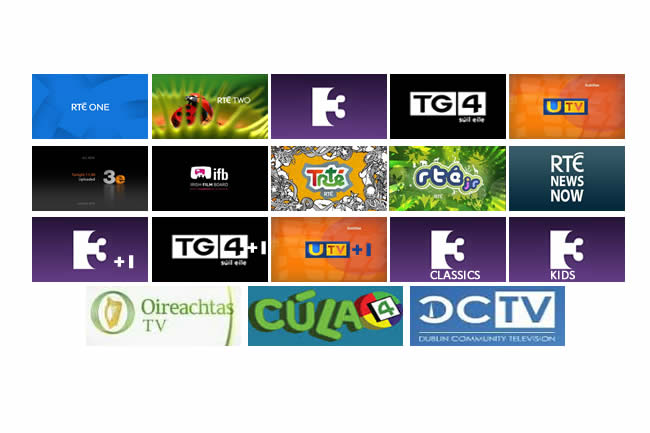Challenging Times for Irish TV
The television landscape has change phenomenally. Unfortunately Irish TV broadcasters, government and the regulators have failed to understand the changes and challenges faced by Irish TV broadcasting.

TV over the last 15 years has done two very strange things. It has offered the viewer the golden age of TV drama and on the other hand provided the audience with the suggestion of added choice. Ireland has certainly improved its TV Drama output: Bachelor’s Walk, Pure Mule, Prosperity, Corp 'S Anam, Love/Hate, Amber etc. However it also provides the cheap TV universe of the unrealistic expectation of 24 hour TV.
In 2008 the regulator failed to launch a Pay digital TV service on the terrestrial platform. The experience from other countries had already largely proved that PayTV was difficult to establish on a terrestrial platform. Such a service was almost bound to fail due to the saturated Irish PayTV market (Over 85% of Irish viewers have some form of Subscription based TV).
In 2011 the Department of Communications, Energy and Natural Resources (DCENR) asked that the Broadcasting Authority of Ireland (BAI) to call for proposals of new television services. The Minister for Communications, Energy and Natural Resources asked that the BAI to report back to him on foot of these Expressions of Interest.
They failed to launch or licence any new services from new or existing broadcasters.
In the meantime Irish Audiences who were still viewing TV via analogue signals were asked to switch to digital. The switch provided them with little alternative other than the continued duopoly of TV3 and RTÉ in the TV market. Irish TV suffers because of this lack of choice (or pretence of choice).
Why was the anomaly of new TV licences not brought up when the BAI levy was introduced? At the time Channel 6, City Channel and Setanta would all be exempt from the same levy as the traditional broadcasters (each paid €2000 per year to the BAI, a sum that Setanta continues to pay for both of its services). Why was the same loophole not discussed when the BAI called for Expressions of Interest for new services on Saorview in 2011? Why is it now that the BAI feel it necessary to bring up this loophole, is it because TV3 became overly reliant on ITV programming over the last 15 years and no one expected that ITV could always sell that programming to another broadcaster? Or was it simply that the BAI never expected that anyone would set up a new mainstream channel.
UTV could always have looked for a licence for “UTV Ireland” from OfCom, the British regulator. This would give UTV no Irish requirements what-so-ever. This happens in many European countries particularly in Scandinavian countries were ViaSat is largely regulated by OfCom. 2RN (Saorview) may provide space for TV services licensed outside the state. A European loop hole (also known as a Directive).
It is hard to read Bob Collins' article as it fails to tackle the problems faced by the BAI, which he chairs. He seems to forget that over the last 15 years new niche TV from Ireland could have emerged, including both the Oireachtas Channel and the Irish Film Board Channel.
The duopoly of RTÉ and TV3 in the Irish TV market impacted the launch of new services, who because of Ireland's late arrival to DTT were unable to gain the traction required for small services.
The inability of DCERN, BAI and ComReg to make quick decisions on small ticket items. e.g. it has taken DCERN nearly a year to make a decision on the move of RTÉjr from RTÉ Two, 6 months for the BAI to publish its report into Digital Terrestrial Television and ComReg continuing to put the issue of 2RN's broadcasting fees on the long finger.
If Irish TV is to survive it needs complementary Irish TV services. There is no real reason why a service similar to GOLD from an Irish broadcaster could not survive, or that TG4 could not launch a new service that would complement the existing services from both TV3 and RTÉ. Broadcasters need crossover promotion in the digital era. Services that might retain audiences.
Yes there will always be 30% of the audience that watch the "long tail" of foreign channels, but Irish TV could aim to get over the 45% share that it currently retains or at the very least it could aim to prevent its continued erosion. In the digital age it could aim to at the very least try to connect with the people of Ireland.

Add This